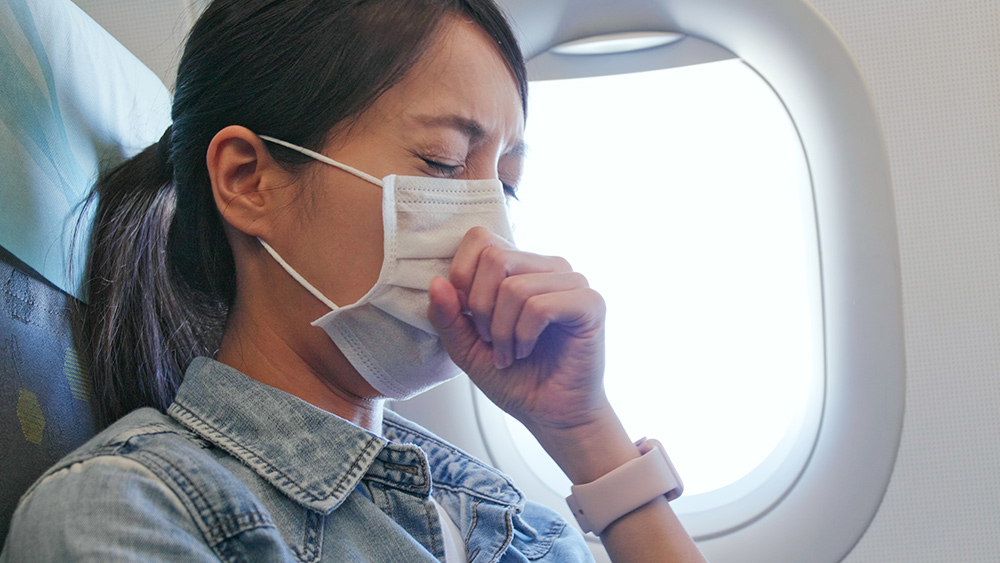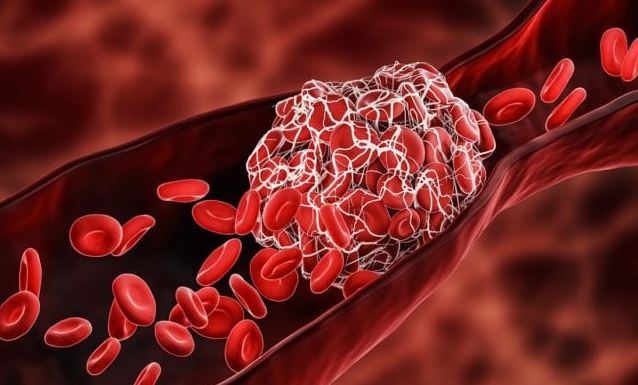
The Centers for Disease Control and Prevention (CDC) recently updated their Wuhan coronavirus (COVID-19) guidelines to say that the virus spreads through the air, only to walk the new guidelines back a few days later.
On Sept. 18, Friday, the CDC put up new guidelines that acknowledged what many scientists have been saying for months: that the SARS-CoV-2 coronavirus responsible for COVID-19 can be spread through small airborne particles that can linger in poorly ventilated areas.
“There is growing evidence that droplets and airborne particles can remain suspended in the air and be breathed in by others, and travel distances beyond 6 feet (for example, during choir practice, in restaurants, or in fitness classes),” the updated guidelines said. “In general, indoor environments without good ventilation increase this risk.”
The updated guidelines, however, were quickly taken down from the site and the CDC’s current guidance no longer mentions airborne transmission. The agency has since stated that the pulled guidelines were part of a draft version of proposed changes and were posted “in error.”
“A draft version of proposed changes to these recommendations was posted in error to the agency’s official website,” the CDC's page now states. “CDC is currently updating its recommendations regarding airborne transmission of SARS-CoV-2.”
The update does say that, once the approval process is completed, the updated language will be posted again.
The fact that COVID-19 can be spread through aerosol transmission was first officially acknowledged by the World Health Organization (WHO) back in July. Prior to this, however, a number of studies from as far back as March had already supported this claim.
One of these studies was, ironically, published in the CDC's own Morbidity and Mortality Weekly Report back in May. This study found that one person infected with the coronavirus has spread it to 52 others at a choir practice in Washington.
Despite this, the CDC has so far refrained from adding airborne transmission into its own coronavirus guidelines until now. When the updated guidelines will be approved, however, is currently unknown.
CDC has flip-flopped on coronavirus guidance before
The removal of the draft guidelines is just the latest about-face that the CDC has made in regards to the coronavirus in recent weeks. The agency also walked back on its updated testing guidelines that it released last month.
On August 24, the CDC updated its testing guidelines, saying that being exposed to a person with COVID-19 did not necessarily warrant a test for those who didn't show any symptoms or were considered low risk.
Last week, however, the agency reverted these guidelines, saying once again that any close contacts of a person with COVID019 should be tested. It acknowledged that people can transmit the virus before, or without ever showing any symptoms.
The guidelines now state that anyone who has been within 6 feet of an infected person for at least 15 minutes needs a test, even if they or the infected person do not have symptoms.
Yet despite the CDC's flip-flopping, the science on presymptomatic and asymptomatic transmission has not changed – people without symptoms can still transmit the virus. This is why the CDCs abrupt change in the testing guidelines was met with strong criticism from public health experts some of whom are worried that the changes were made to artificially lower the number of reported cases.
“It is unconscionable that recommendations, which should follow only the science, are being modified to enable [maybe even ensure] underreporting of COVID-19 cases at this critical juncture,” Krys Johnson, an assistant professor at Temple University in Pennsylvania said in an interview with Live Science.
Department of Health and Human Services Assistant Secretary Adm. Brett Giroir, however, defended the CDC's initial decision. Talking to CNN, Giroir said that the point of the guidance was not to do “less” testing but to do more “appropriate” testing.
The CDC has since claimed that its about-face on the guidelines was a “clarification.” As many cases are driven by people who don't show symptoms, people who may have been in contact with those who tested positive for the coronavirus need to be tested even if they don't show symptoms the clarification stated.
Follow Pandemic.news for more on how the coronavirus is transmitted.
Sources include:
Please contact us for more information.




















